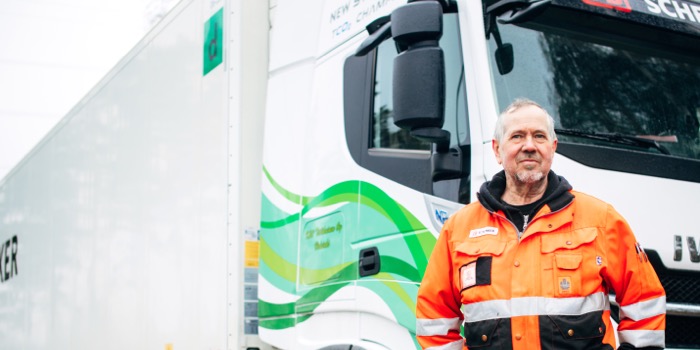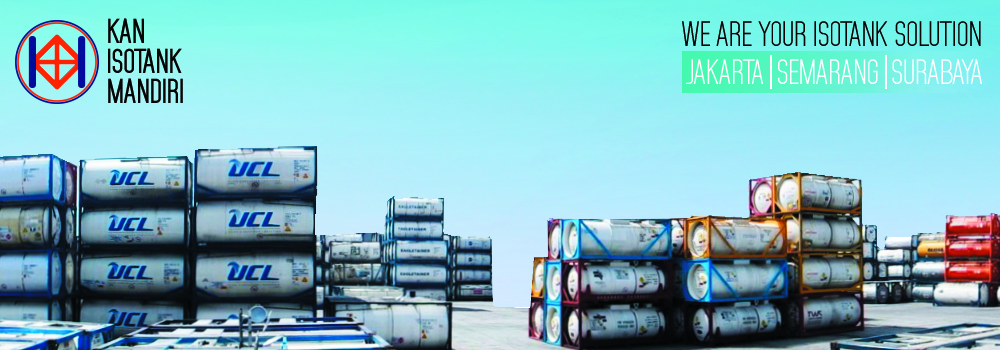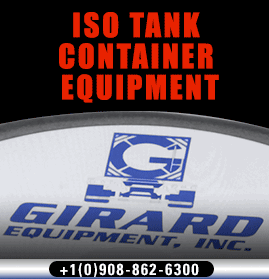DB Schenker supports LNG use in its vehicles
Gasum’s collaboration with DB Schenker deepens as two Finnish transport companies operating for DB Schenker, Sepi Trans Oy and K&O Tiilikainen, started to use tractor units fuelled by LNG in early 2019. LNG is an efficient way to reduce emissions from heavy-duty transport. Both companies are excited about their new gas-powered towing engines.
Finnish transport companies operating deliveries for DB Schenker have taken new LNG-powered tractor units into service during early 2019. DB Schenker is a global transport and logistics company whose choices play an important role in efforts to reduce the sector’s emissions. The company intends to reduce 30 percent of its carbon dioxide emissions during the period between 2006 and 2020. The way to achieve the target is to use cleaner modes of transport, with one of these being LNG-powered tractor units.

”Transport and flows of goods are needed, but transport generates a great deal of carbon dioxide emissions. Liquefied natural gas is an effective way of reducing carbon dioxide emissions from heavy-duty transport. Our choice of fuel plays a very big role in our efforts to reach the climate target,” said Anni Lemola, Head of Operational Excellence, DB Schenker.
There are several factors supporting the growing role of gas use in Finnish heavy-duty road transport. The Nordic countries have made commitments to ambitious targets concerning reductions of emissions from road transport, and up to 90 percent of goods in the Nordic countries are transported by road. In Finland, delivery and heavy-duty transport account for almost 40 percent of road transport emissions. Up to a fifth of Finland’s emissions could be eliminated by switching to gas as a road vehicle fuel.
”Finnish transport emissions must be cut by 50 percent by 2030 from the 2005 level. Compared with other emissions-generating sectors, the contribution of the transport sector will have to be the greatest. There is also major interest in LNG among transport entrepreneurs – they want to be part of the change and lead the way. LNG is also a cheaper alternative for transport companies than other fuels such as diesel,” says Juha-Matti Koskinen, Sales Manager, Heavy-Duty Transport, Gasum.
Both transport companies have been very happy with the LNG-powered newcomers in their fleets. The Vantaa-based Sepi Trans Oy got its first gas-fuelled traction unit, a Volvo FH 460, in January 2019 and the Helsinki-based K&O Tiilikainen’s traction unit fleet was supplemented by another gas-fuelled one, an Iveco Stralis NP, in December last year.
”We must respond to the global climate challenge and someone has to be brave enough to take the first steps. We like using the new Ivecos. These traction units are silent and smooth to operate. Handling gas is also cleaner than handling other fuels, which makes drivers’ work safer,” said Ossi Tiilikainen, Managing Director, K&O Tiilikainen.
The Finnish gas fueling station network is one of the fastest-growing ones in Europe. Both K&O Tiilikainen and Sepi Trans agree that the coverage of the filling station network is sufficient in their operating areas. Gasum is expanding its Nordic gas filling station network by several new stations a year. Goods transport between Southern and Northern Finland will be supported through the construction of new LNG filling stations in Northern Finland. For example, the LNG station at Äimärautio, Oulu, opens in May at Terminaalitie 1.
”We take the locations of gas filling stations into account when planning our routes. For example, when setting off into a night journey, it’s enough to fill up once. That takes you easily through the night and there’s no extra hassle for the driver,” commented Seppo Palosaari, Managing Director, Sepi Trans Oy.
For more information visit www.gasum.com
11th March 2019

















